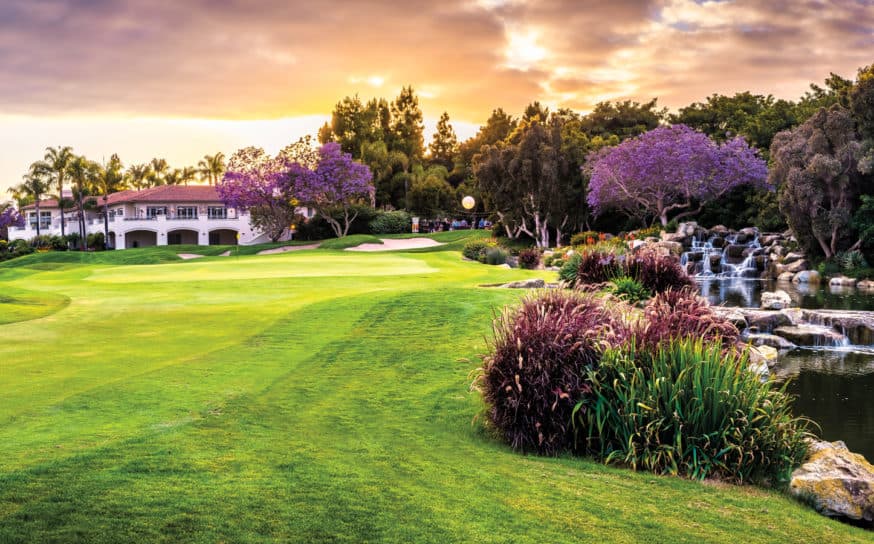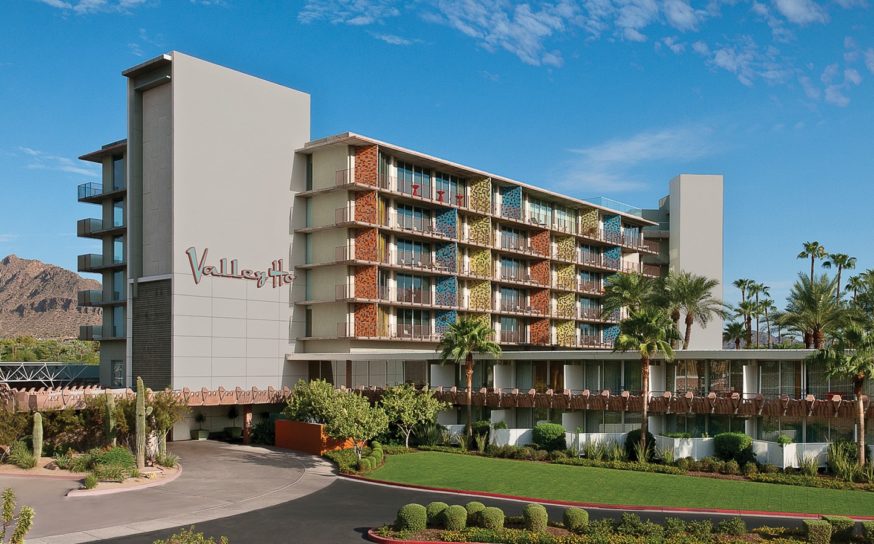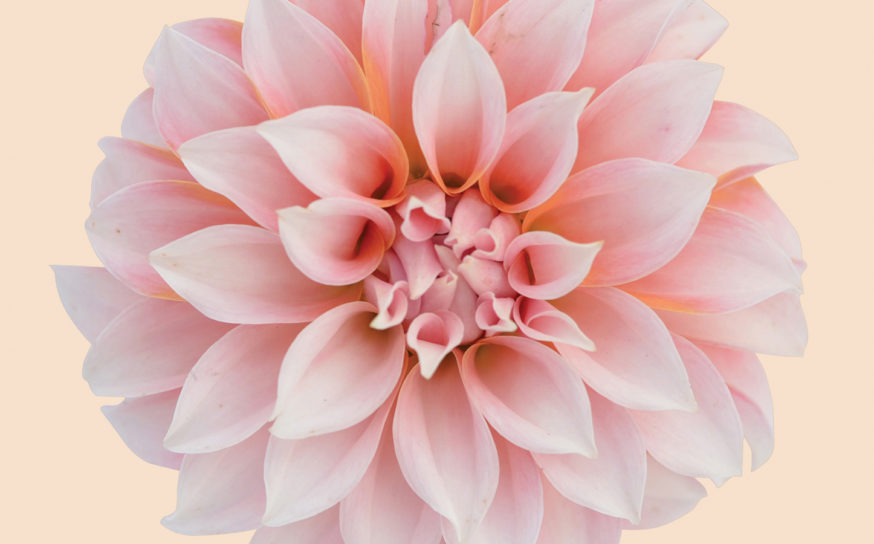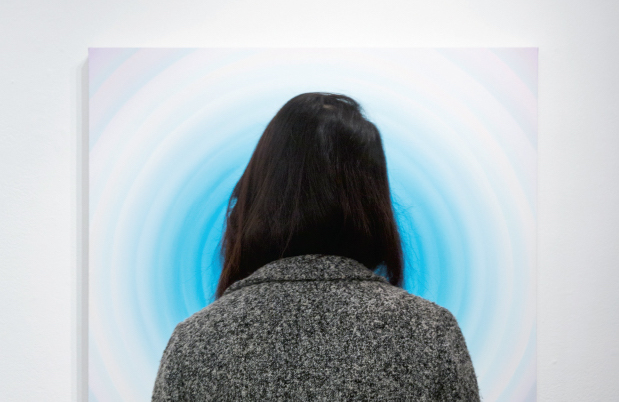
Art Advancement
From buying your first piece of art to cultivating a collection, a guide to enjoying the process.
-
CategoryPeople
Intimidation. It’s an unwelcome feeling that entering an art gallery or delving into the realm of art collecting can induce, regardless of geographical location or socioeconomic status.
Point of fact: in most cases, buyers aren’t particularly knowledgeable about art or trying to make an investment. Most art is purchased on an emotional level.
The process of actually curating a noteworthy collection, however, is one that involves equal amounts of passion, courage and commitment. It’s as much an evolution of the buyer as it is the curated collection, with most collectors simply interested in having a life enriched by art.
That said, entering a world-renowned gallery can be daunting. Svelte, well-coiffed attendants glide through hushed perfectly-lit spaces where prices are not listed. However one should never be intimidated about going to any gallery. Galleries aim to sell art to all kinds of buyers. Here is a step-by-step guide to buying—whether you are a first-timer or a seasoned auction house aficionado.
The Beginner
For the novice, it’s important to see many types of art in various different settings. There is no better education than visiting museums because the eye will be trained by viewing the works by acclaimed artists. However don’t discount community art associations.
Most frequently, artists of a specific area comprise the association; however there are some associations that are open to national artists. Exhibitions at art associations are frequent, and emerging artist prices are affordable. Furthermore, opportunities to meet both the artists and the other collectors are abundant, making it easy to cultivate relationships.
The Los Angeles Art Association (LAAA) is the oldest art association in California. Founded in 1925, the LAAA’s first exhibit focused on European Masters—a collection that was donated to LACMA in 1933. At that point the LAAA turned its focus on featuring pieces by local and regional emerging artists.
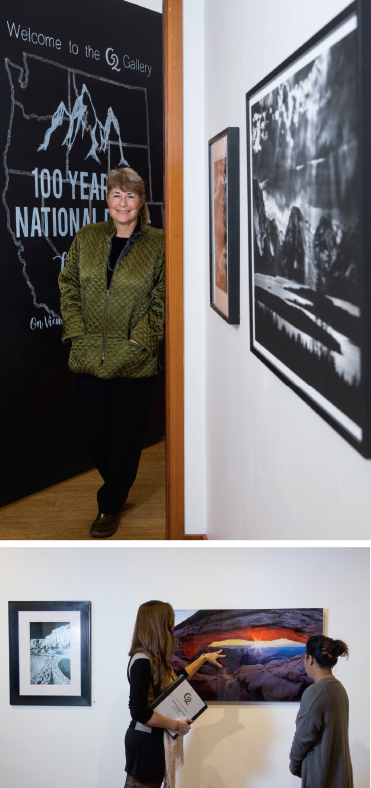
Today the LAAA has an extensive roster of member artists from across the nation whose works are shown at Gallery 825 on North La Cienega in West Hollywood. Shows are held every six weeks and are juried by guest curators and directors from major national museums and renowned galleries.
Closer to home, the San Fernando Valley Art Club is aimed at advancing and promoting the fine and allied arts in the Valley (sfvac.org). The nonprofit holds a number of juried and non-juried shows each year at various locations across the Valley.
The Experienced Viewer
Galleries have something of a stigma that they are financially out of reach. But the truth is there are lots of opportunities to acquire art by documented artists at affordable prices.
One of them is the G2 Gallery in Venice, which represents both internationally renowned and emerging artists—and often at reasonable price points. Founded in 2008 by Dan Gottlieb and Susan Gottlieb, the gallery focuses on nature and wildlife photography with an emphasis on philanthropy.
Shows change every eight weeks and all proceeds are returned to environmental charities including the Western National Parks Association, Earthjustice, the Wilderness Society and Audubon California.
“We bring attention to environmental issues through the power of photographic art, so our roster of represented artists includes some of the world’s most renowned photographers whose work is not only in museums, films and books but who’ve also been nationally recognized for accomplishments that have shaped the environmental movement,” says gallery director Lisa Fimiani.
Images from acclaimed photographers such Ansel Adams, Alan Ross, Tom Mangelsen and Robert Glenn Ketchum line the walls next to several Los Angeles nature photographers including J.J. L’Heureux and Ian Shive. Stunning images in black and white or color can be acquired for prices as reasonable as $400.
The Collector
As buyers become collectors, the process shifts. Collectors focus on intrinsically valuable pieces due to rarity, date of creation and the significance as it relates to the overall collection. Furthermore, broad art collecting shifts to very specific markets that are usually defined by geographical location, period and medium.
Although most people think of fine art as paintings and sculpture, it includes decorative arts and objects of all kinds. One of the most specific niche markets in the art world is Oceanic art: pieces created by the native peoples of the Pacific islands, including Papua New Guinea, New Zealand and Australia, prior to Western tourist arrival in the 1950s.
Michael Hamson is internationally renowned for his knowledge of Oceanic art and his vast experience in both collecting and selling. After pursuing a master’s degree in African and Oceanic art history, Michael spent 20 years combing the remote areas of Papua New Guinea on field collecting trips, amassing an extensive inventory.
Oceanic art objects range from the symbolic to the utilitarian; however all have a sculptural quality that translates a unique message and meaning. From shields to masks to earrings, Michael’s inventory tells the story of a spiritually-engaged people who understood and appreciated beauty and ritual.
Michael is based in Palos Verdes, but he exhibits internationally, including at the prestigious Parcours des Mondes in Paris.
“The interesting thing about exhibiting in Europe is that people of all ages and socioeconomic levels are interested in all types of art. Even if they’re not potential buyers, they appreciate the pieces and enjoy looking, but that’s not as common in America.”
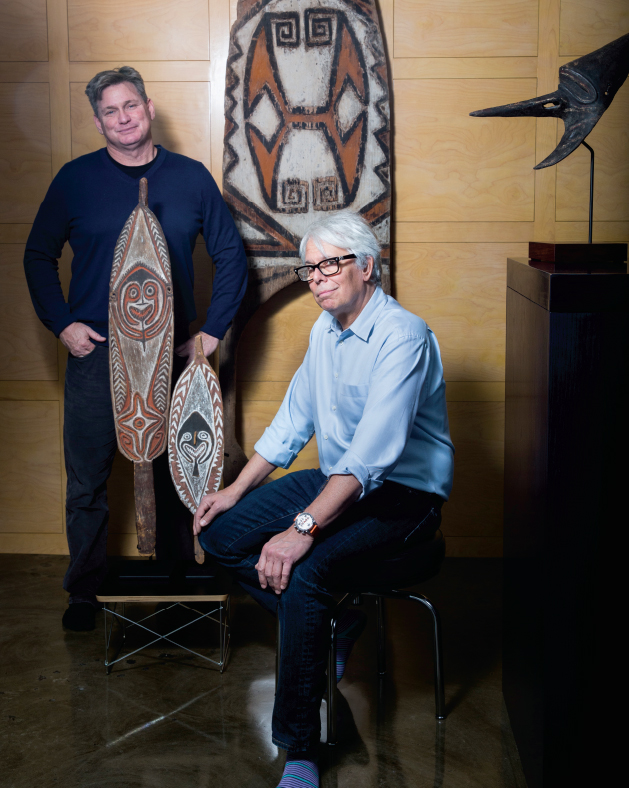
Michael notes that he often guides a first-time buyer to make a smart purchase. “Oceanic art is not a field in which most people have extensive knowledge, so I want them to feel comfortable and make good decisions about what to buy so that they enjoy the process of collecting. My integrity is the key to that relationship,” he shares.
Global luxury market expert and art connoisseur Robert Ross began collecting Oceanic art through Michael 10 years ago. Robert’s collecting expertise is extensive as evidenced by the depth of his varied collections. Having amassed previous collections as diverse as Northern European 15th century prints and classic automobiles, Ross believes it is critical to work with dealers who aren’t just knowledgeable but who exhibit integrity. “Michael is a rare dealer due to his experience in field collecting, underpinned by his academic credentials and years of research. He became a trusted advisor when I started collecting and continues to be a valued friend and resource,” says Robert, who lives in the Valley.
Robert only buys a few pieces each year, but he knows that if Michael calls with a great discovery, it’s already vetted and worthy of investment. The cornerstone of their relationship is that the two share an appreciation and a passion for collecting authentic, period Oceanic art; the capstone is the friendship and mutual respect that has resulted from the process of collecting.









